John Hurrell – 11 March, 2015
One amusing woven work by So - in bright orange - shows inverted and upright wine glasses, shattered but with their stems entwined with rubbery women's legs. Another shows a long legged woman wearing trousers and cowhide boots, slumped over on a low bench so that her torso, head and arms are hidden by her foreshortened backside. With the boots, extended legs, abstracted bottom and square furniture (a wool covered stretcher) so accentuated, it is an enigmatic and compellingly elegant image.
This thematically tightly put together exhibition introduces the Bangladesh filmmaker Runa Islam alongside the London-based David Noonan and Renee So. So has exhibited her woven paintings and ceramics before at Hopkinson Mossman and Noonan has participated in exhibitions that Gregory Burke organised for the Govett-Brewster in the late 1990s; with Islam they explore complex notions of icon, accumulation, doubling, symmetry and facial symbolism.
Islam’s 16 mm mute colour film, Meroë, 2012, seems to indicate a structuralist interest in materiality. It is projected in Gallery One on a plaster panel - a reflexive reference to the subject matter: a bronze head of a Roman emperor - decapitated from a statue - that was found under a Nubian temple, and its painted plaster replica made by the British Museum.
Her film of the Roman bust -both the bronze and plaster version - methodically works its way around the four edges of the screened frame, alternating with a blank screen. Sometimes the head is inverted, sometimes upright; sometimes based on the right edge of the screen but on its side, sometimes left; eventually even frontal, back or profile views. Sometimes several positions are shown overlapping, with bronze and plaster busts together. One section shows two overlapping grids, slightly out of register. Another has a slow pan across the face and then the eyes, the light source gradually moving from left to right. Planned organisation here is the key, a systematic ordering of film stock use, pushing at the parameters of the projected rectangle.
Islam’s use of symmetry and inversion is continued in the ceramics and woven paintings of Renee So, which are often reminiscent of playing cards. One amusing woven work - in bright orange - shows inverted and upright wine glasses, shattered but with their stems entwined with rubbery women’s legs. Another shows a long legged woman wearing trousers and cowhide boots, slumped over on a low bench so that her torso, head and arms are hidden by her foreshortened backside. With the boots, extended legs that are bent in a rightangle, abstracted bottom and rectangular furniture (a weaving covered stretcher) so accentuated, it is an enigmatic and compellingly elegant image.
On the floor of the gallery nearby is a ceramic sculpture (Bellarmine XIV) of another boot, its top and bottom halves cleft by a bunch of protruding grapes that doubles as two men’s beards, suggesting Bacchanalian revelry blended with chic sophistication. Her other sculpture, Bellarmine XIII, on a plinth in the middle of the room, is like a stylised I, the top half above its bearded grapes mirroring the bottom.
David Noonan‘s matte grey silkscreened images involve folded or roughly cut portions of collage glued together over a vertical stretcher. Two of the three images here depict women or men in drag applying makeup, and have a dated archival feel, like some of Sigmar Polke’s screened photographs. Superimposed over the top are delicate linear images of splayed Japanese fans and geometric patterns from Furoshiki textiles that add to each image’s spatial complexity.
With their emphasis on decoration and (non-Western and gender) Otherness, Noonan’s images look at looking and its relation to the cosmetic embellishment of the eye, that here, with the fan and patterns, peeks out - but half hides - too. The three subjects look at the viewer directly, tangentially or at a handheld mirror to see themselves, while the folds and linen edges on the surface of the canvas become like fragments of clothing that besides covering bodies are also a screen on which others are projected.
Busts is an exciting show. All three artists contribute equally through their resonating interconnections, pulling together parallels of portraits, inversions, unorthodox materials, simulacra and projections into a unified, and impressively dense, club sandwich of layering.
John Hurrell
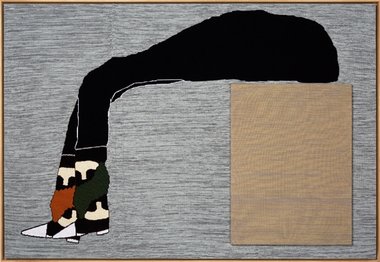
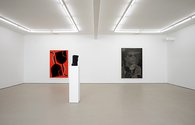

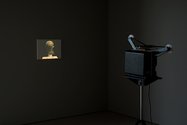
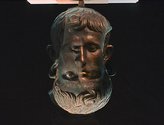

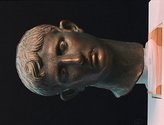

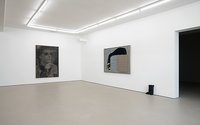


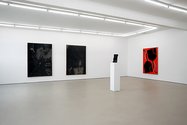


 Two Rooms presents a program of residencies and projects
Two Rooms presents a program of residencies and projects Advertising in this column
Advertising in this column



This Discussion has 0 comments.
Comment
Participate
Register to Participate.
Sign in
Sign in to an existing account.